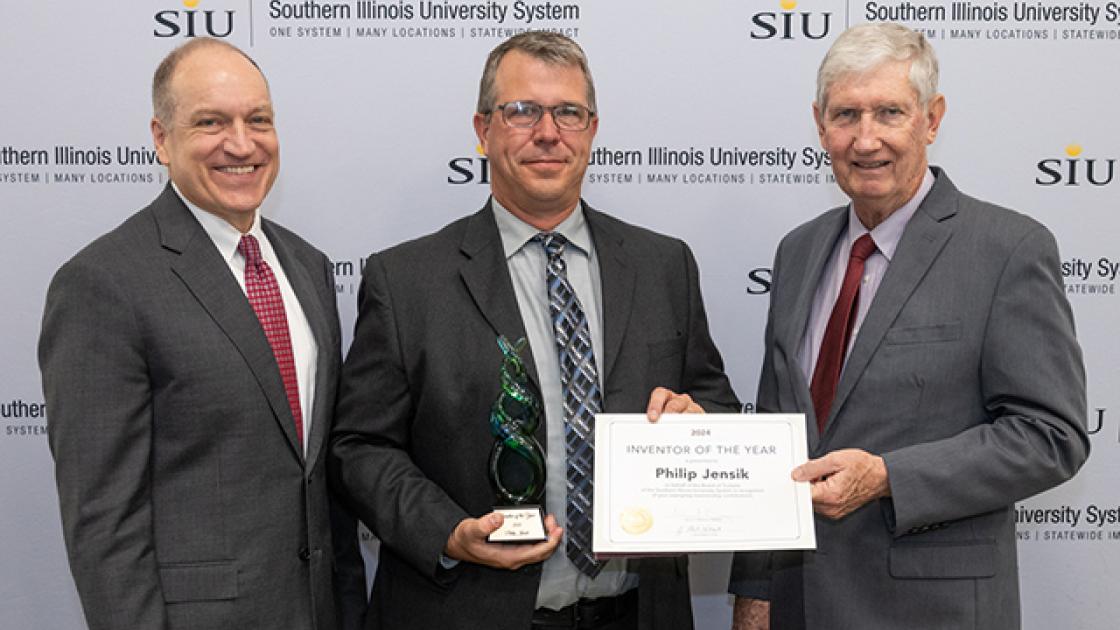About me
Recent studies indicate that individuals with heritable and de novo mutations in the DEAF1 gene have intellectual disabilities, speech disorders and autism spectrum disorders. We have collectively termed the intellectual disability and ASD-related neurodevelopmental anomalies observed in individuals with DEAF1 mutations as DEAF1-associated neurodevelopmental disorder (DAND). The mechanisms by which de novo or heritable DEAF1 mutations alter neuronal development and cognitive function remain unclear. Since DEAF1 is a transcription factor it is likely that changes in DEAF1-target gene expression cause the resultant cognitive function impairments.
Our long-term research objective is to characterize the roles of DEAF1 in cognitive development, and the mechanisms by which DEAF1 mutations cause DAND. In order to achieve this objective, we approach DEAF1/DAND research using 3 different model systems including I) genetic and clinical information from patients with DEAF1 mutations, II) Deaf1/DAND mouse models, and III) cellular and molecular model systems of DAND. Through collaborations with clinicians, we have obtained genetic information from patients with mutations in the DEAF1 gene. In total, we have functionally characterized ~60 DEAF1 variants.
Not only does this data provide important structure-function information on the effects of specific DEAF1 amino acids, it also is used by the clinician to help diagnose the genetic cause of the disorder. Deaf1 deficient mouse models have allowed us to study the effects of decreased DEAF1 protein expression on downstream gene expression and learning and memory.
Currently, we have developed 2 new DAND knock-in mouse models that express different analogous mutations identified in individuals with DAND, and are assessing neurobehavioral and transcriptomic changes in these DAND models.
In summary, the combination of identified DEAF1 mutation human data, Deaf1 mouse models, and in vitro approaches (cell and molecular) has begun to shed light on the importance of DEAF1 in cognitive function and development. This work is helping to address the question what is DAND as well as connecting DEAF1 to numerous other NDD and ASD causing genes.
Gender
Academic Location
Academic Office
Contact Info
Publications
- McGee SR, Rose GM, Jensik PJ. Impaired memory and marble burying activity in deformed epidermal autoregulatory factor 1 (Deaf1) conditional knockout mice. Behav Brain Res. 2020 Feb 17;380:112383. doi: 10.1016/j.bbr.2019.112383. Epub 2019 Nov 26.
- Maria J. Nabais Sá1, Philip J. Jensik1, Stacey R. McGee, Michael J. Parker, Farah Kanani, Nayana Lahiri, Evan P. McNeil, Hester Y. Kroes, Randi J. Hagerman, Rachel E. Harrison, Tara Montgomery, Miranda Splitt, Elizabeth E. Palmer, Rani K. Sachdev, Heather C. Mefford, Abbey A. Scott, Julian A. Martinez-Agosto, Rüdiger Lorenz, Naama Ornstein, Jessica R. Litwin, Jonathan N. Berg, Jeanne Amiel, Delphine Heron, Boris Keren, Jan-Maarten Cobben, Leonie Menke, Elysa J. Marco, Tyler Mark Pierson, John Graham, Ehsan Ghayoor Karimiani, Reza Maroofian, Chiara Manzini, Roberto Colombo, Sylvie Odent, Christele Dubourg, Chanika Phornphutkul, Arjan P.M. de Brouwer, Bert B. A. de Vries, Anneke T. Vulto-vanSilfhout. De novo and biallelic DEAF1 variants cause a phenotypic spectrum. Genetics in Medicine 2019 Mar.
- Chen L, Jensik P, Alaimo J, Walkiewicz M, Berger S, Roeder E, Faqeih E, Bernstein J, Smith A, Mullegama S, Saffen D, Elsea S. Functional analysis of novel DEAF1 variants identified through clinical exome sequencing expands DEAF1-associated neurodevelopmental disorder (DAND) phenotype. Hum Mutat. 2017 Dec;38(12):1774-1785
- Mullegama S, Jensik P, Li C, Dorrani N; UCLA Clinical Genomics Center, Kantarci S, Blumberg B, Grody W, Strom S. Coupling clinical exome sequencing with functional characterization studies to diagnose a patient with familial Mediterranean fever and MED13L haploinsufficiency syndromes. Clin Case Rep. 2017 Apr 18;5(6):833-840
- Jensik P, Arbogast L. Regulation of Cytokine Inducible SH2 Domain protein (CIS) by Ubiquitination and Elongin B/C interactions. Mol Cell Endocrinol. 2015 Feb 5; 401: 130-41.
- Jensik P1, Vargas J1, Rajamanickam S, Reardon S, Huggenvik J, Collard M. DEAF1 Binds Unmethylated and Flexibly Spaced CpG Dinucleotide Motifs. PloS One. 2014 Dec 22; 9(12): e115908. 1Co-First Authors.
- Vulto-van Silfhout AT1, Rajamanickam S1, Jensik P1, Vergult S, de Rocker N, Newhall KJ, Raghavan R, Reardon SN, Jarrett K, McIntyre T, Bulinski J, Ownby SL, Huggenvik JI, McKnight GS, Rose GM, Cai X, Willaert A, Zweier C, Endele S, de Ligt J, van Bon BW, Lugtenberg D, de Vries PF, Veltman JA, van Bokhoven H, Brunner HG, Rauch A, de Brouwer AP, Carvill GL, Hoischen A, Mefford HC, Eichler EE, Vissers LE, Menten B, Collard MW, de Vries BB. Mutations affecting the SAND domain of DEAF1 cause intellectual disability with severe speech impairment and behavioral problems. Am J Hum Genet. 2014 May 1; 94(5):649- 61. 1Co-First Authors.
- Fujimaki-Aoba K, Tanaka K, Inomata R, Jensik P, and Takada M. a-ENaC in bullfrog embryo: expression in cement gland, gills, and skin. Cell Tissue Research. Cell Tissue Res. 2014 Jan; 355(1): 103-9.
- Fujimaki-Aoba K, Komazaki S, Jensik P, Hokari S, and Takada M. Larval bullfrog skin lacks amiloride-blockable epithelial transport because a-ENaC are within intracellular vesicles, not in apical plasma membrane, in epidermal apical cells. Acta Histochem. 2013 May; 115(4): 357- 362.
- Jensik P, Huggenvik J, Collard M. Deformed Epidermal Autoregulatory Factor-1 (DEAF1) Interacts with the Ku70 Subunit of the DNA-Dependent Protein Kinase Complex. Plos One. 2012 March;7(3):e33404.
- Jensik P, Arbogast L. Differential and interactive effects of ligand-bound progesterone receptor A and B isoforms on tyrosine hydroxylase promoter activity. J Neuroendocrinol. 2011 Oct;23(10):915-25.
- Takada M, Shimomura T, Hokari S, Jensik P, Cox T. Larval bullfrog skin expresses ENaC despite having no amiloride-blockable transepithelial Na(+) transport. J Comp Physiol [B]. 2006 May;176(4):287-93.
- Jensik P, Huggenvik J, Collard M. Identification of a nuclear export signal and protein interaction domains in deformed epidermal autoregulatory factor-1 (DEAF-1). J Biol Chem. 2004 Jul 30;279(31):32692-9.
- Jensik P, Holbird D, Cox T. Cloned bullfrog skin sodium (fENaC) and xENaC subunits hybridize to form functional sodium channels. J Comp Physiol [B]. 2002 Oct;172(7):569-76.
- Jensik P, Cox T. ATP-induced internalization of amphibian epithelial P2X receptors is linked to channel opening. Pflugers Arch. 2002 Sep;444(6):795-800.
- Jensik P, Holbird D, Collard M, Cox T. Cloning and characterization of a functional P2X receptor from larval bullfrog skin. Am J Physiol Cell Physiol. 2001 Sep;281(3):C954-62.
- Holbird D, Jensik P, Cox T. Aldosterone upregulates purinergic responses in larval amphibian skin epithelium. J Comp Physiol [B]. 2001 Jun;171(5):413-20.
Related articles


